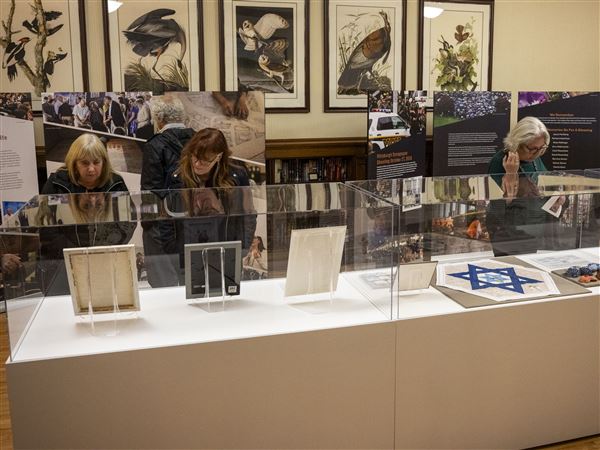The Pittsburgh public safety director released a statement late Thursday reiterating why he does not feel the city police bureau should change its eyewitness identification procedures at the demand of the Allegheny County district attorney.
Pittsburgh Public Safety Director Stephen A. Bucar, a former FBI agent, wrote in a public statement that prior to receiving Allegheny County District Attorney Stephen A. Zappala Jr.'s letter demanding changes last week, he probably would have agreed to switch methods. But, he said, over the past week, he has been receiving calls from "colleagues of mine associated with the United States Justice Department" questioning whether the new method is actually more effective.
At issue is whether city police officers will continue to use simultaneous photo arrays, in which witnesses are typically shown photos of six to eight suspects on one sheet of paper, or sequential photo arrays, in which they are shown photos individually.
Mr. Zappala demanded last week that Pittsburgh police switch to sequential photo arrays, saying his office would not approve warrants for the city based solely on eyewitness identifications done using the simultaneous method.
He referred in the letter to a Pittsburgh Post-Gazette story outlining a federal lawsuit filed in July by a man who said he was wrongfully arrested for two armed robberies in 2012 based on faulty eyewitness identification. The suit was the second in four months questioning arrests by the Pittsburgh robbery squad, which used eyewitness identification as the main or only source of evidence.
Mistaken eyewitness identifications, the district attorney said, do not indicate police misconduct but stories such as that "erode confidence in our police and in the quality and confidence in police investigative processes."
Mr. Zappala and Mr. Bucar have spent this week engaged in a public argument over the issue and their methods for communicating with each other.
Materials released Thursday by the district attorney's office show that acting Pittsburgh police Chief Regina McDonald told Mr. Zappala Monday that the bureau would switch its procedures by mid-August. Two days later, Mr. Bucar issued a public statement saying the bureau would not change.
Late Thursday night, he repeated those sentiments.
Mr. Bucar said he reviewed a draft model policy involving sequential eyewitness identification before Mr. Zappala's letter last week and "as I saw no apparent flaws or dissent in the research offered supporting that method, I likely would have supported the sequential model as the Pittsburgh Police Department was moving in that direction."
"However, once Mr. Zappala's letter from last week was disclosed in the media, I started receiving calls from colleagues of mine associated with the United States Justice Department. These colleagues advised that the National Academy of Sciences has been asked to research and hopefully resolve through their research dissent between scientists who claim that the analysis methods used in the research between 2009 and 2011 was faulty and when corrected will actually show the exact opposite is true, that the simultaneous method is superior."
Mr. Bucar continued, "As the National Academy of Sciences is expected hopefully to resolve this dissent, in my judgment it is prudent to wait for the report as the dissent itself can be used in court to attack either method. In the end, it is up to the jury to assess the eyewitness and the trial attorney to communicate the evidence properly to the jury, regardless which method is used."
Mr. Zappala, whose office prosecutes the cases after arrest, said in a letter to Mr. Bucar earlier Thursday that he was the chairman of a subcommittee on investigations when the Pennsylvania Senate and House convened a joint committee on eyewitness identification and other issues that released a report in 2011.
"The testimony taken involved people from throughout Pennsylvania as well as national experts, and the conclusions I have reached on this primarily state-related issue come in large part from my participation with that commission," the district attorney said.
The two have also been arguing over their methods for communicating with each other. In his first statement, Mr. Bucar accused the district attorney of sending his message to the media before the city, saying his office received the letter in the mail after it was released to the media.
Mr. Zappala released an email Thursday sent from his assistant to Mr. Bucar containing the letter two days before it was released to the media and calling Mr. Bucar's statement "misleading at best."
Mr. Bucar said late Thursday, "If my response was misleading to anyone, I apologize first thing" and promised "that I will be more diligent in reading my e-mails but it is the absolute truth that I did not read or know I was sent the e-mail he cites until the media started calling my office on Thursday."
First Published: August 1, 2014, 4:00 a.m.
Updated: August 1, 2014, 11:57 a.m.


















